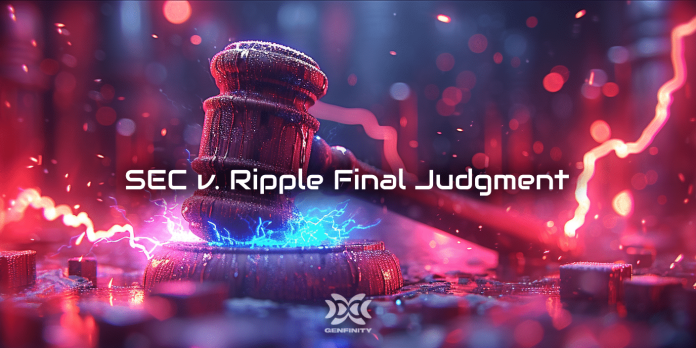In a groundbreaking move to address emerging security threats, Solana developers have unveiled the Winternitz Vault, a quantum-resistant cryptographic solution designed to safeguard user funds from quantum computing threats. This optional yet impactful feature highlights Solana’s proactive stance in enhancing blockchain security for the future.
How the Winternitz Vault Works
The Winternitz Vault operates using a hash-based signature system, generating a new private key for every transaction. This system minimizes the risk of quantum computers exploiting public keys exposed during transaction signing.
Here’s how it functions:
- Keypair Generation: A Winternitz keypair is generated, and the Keccak256 Merkle root of the public key is calculated.
- Vault Creation: A “split” vault is set up, consisting of a split account and a refund account.
- Transaction Process: Users transfer a specific amount of Solana’s native cryptocurrency (SOL) using the Winternitz signature.
- Fund Protection: Once the transaction is complete, remaining funds are moved to the refund account, and the vault is securely closed.
This approach ensures that funds are safeguarded from potential quantum threats for users who opt into this advanced feature.
Optional Yet Impactful
The Winternitz Vault is an optional feature, meaning users must actively choose to store their funds in these quantum-resistant vaults instead of regular Solana wallets. While adoption depends on individual users, the innovation offers a significant layer of security for those prioritizing long-term blockchain resilience.
The Quantum Computing Debate
Quantum computing’s threat to cryptographic systems has been a hot topic. Some experts, like Ethereum co-founder Vitalik Buterin, argue that the technology will not pose a significant risk for at least a decade. However, Solana’s move to implement quantum-resistant measures reflects a “better safe than sorry” approach, aligning with industry efforts to future-proof blockchain systems.
Reassurance for Crypto Investors
For crypto investors concerned about quantum computing’s potential to disrupt cryptographic safeguards, Solana’s Winternitz Vault offers reassurance. The development underscores the blockchain industry’s commitment to innovation and adaptability in the face of technological advancements.
Dean Little, cryptography researcher and chief scientist at Zeus Network, humorously addressed skepticism around Solana’s security, referencing Bitcoin investor Fred Krueger’s prediction that Solana would be the “first casualty” of quantum computing. The development of the Winternitz Vault directly counters such claims, reinforcing Solana’s position as a leader in blockchain security.
Conclusion
Solana’s introduction of the Winternitz Vault marks a pivotal moment in blockchain technology, setting a new standard for proactive security measures. While quantum computing remains a distant concern for many, Solana’s forward-thinking approach demonstrates its commitment to staying ahead of potential threats. This innovation solidifies Solana’s reputation as a resilient, secure, and future-ready blockchain, providing both users and investors with confidence in the network’s longevity.
MD_DELICACIES
Views: 4




